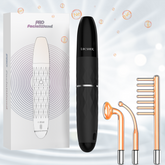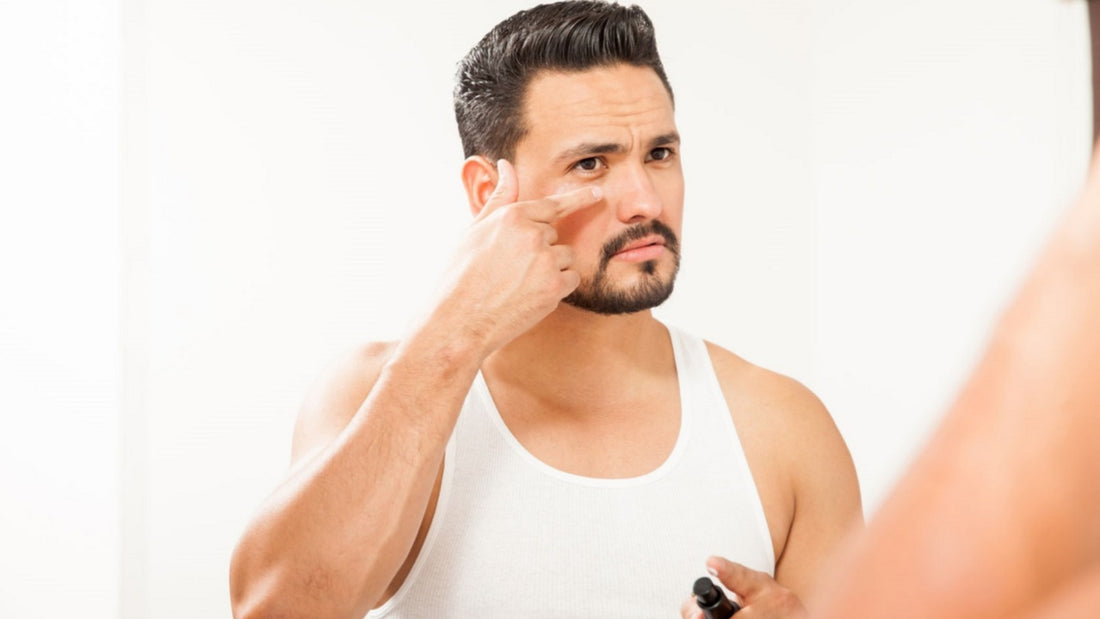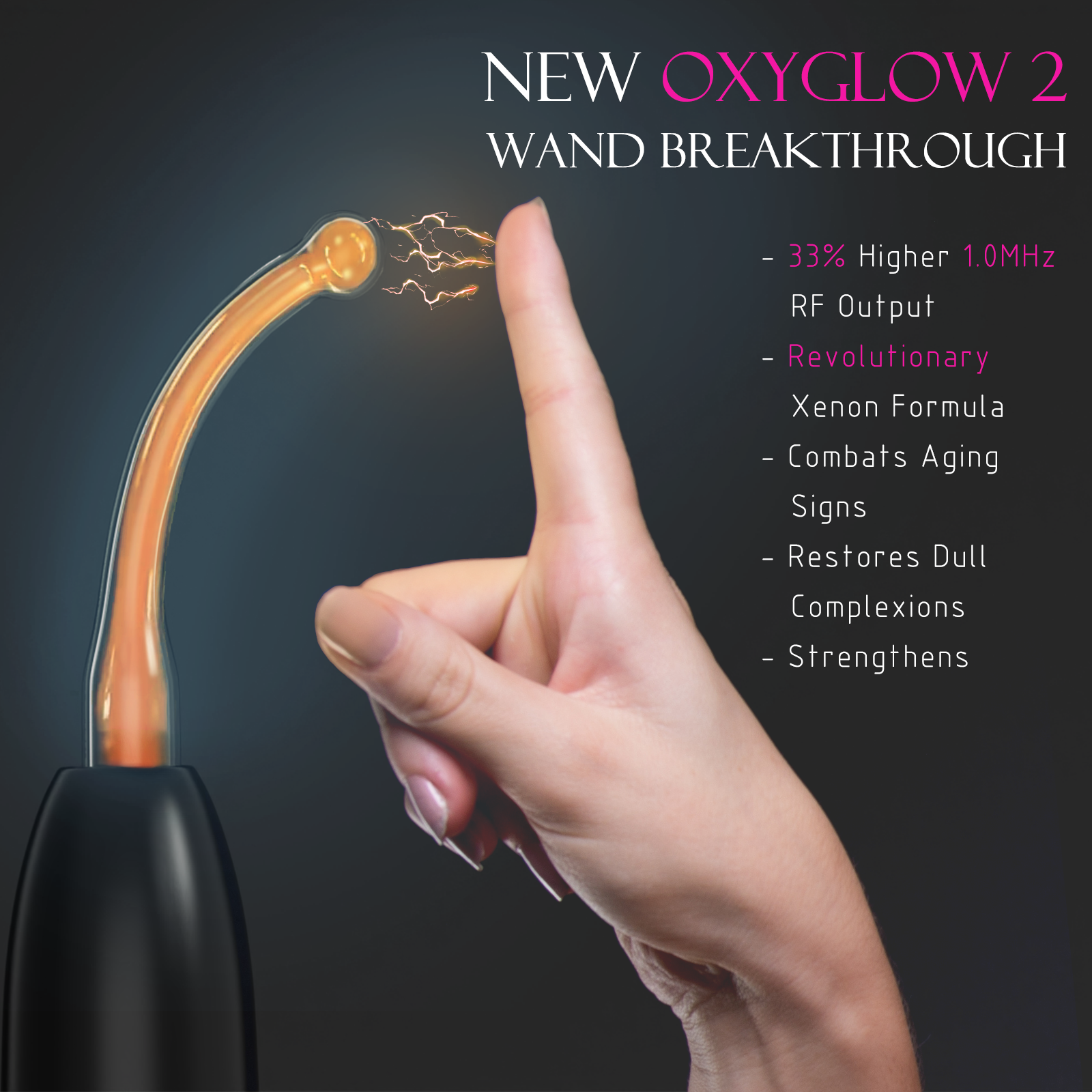Dry eye syndrome is a common condition that affects millions of people worldwide. Characterized by a lack of proper lubrication on the eye’s surface, it can lead to discomfort, irritation, and even vision problems. If you’re one of the many individuals struggling with dry eyes, you may have heard about the benefits of using a dry eye mask. But how exactly do you use one to get the maximum benefit? This comprehensive guide will walk you through everything you need to know about effectively using a dry eye mask to soothe your eyes and improve your overall eye health.
Understanding Dry Eye Syndrome and the Role of Dry Eye Masks
Before we dive into the specifics of using a dry eye mask, let’s briefly review what dry eye syndrome is and why a mask can help. Dry eye syndrome occurs when your eyes don’t produce enough tears or when your tears evaporate too quickly. This can lead to symptoms such as:
- Burning or stinging sensation in the eyes
- Redness and irritation
- Blurry vision
- Sensitivity to light
- A feeling of grittiness or foreign objects in the eyes
A dry eye mask is designed to alleviate these symptoms by providing targeted relief to your eyes and the surrounding areas. Depending on the type of mask, it can help stimulate tear production, reduce inflammation, and soothe irritated eyes. By incorporating a dry eye mask into your eye care routine, you can potentially experience significant relief and improve your overall eye comfort.
Choosing the Right Dry Eye Mask
Before you can start using a dry eye mask, you need to choose the right one for your needs. There are several types of dry eye masks available:
-
Heated Masks: These masks provide warmth to help melt and unclog oil glands in the eyelids, promoting better tear production.
-
Cold Compress Masks: These offer cooling relief, which can be particularly beneficial for reducing inflammation and puffiness.
-
Moisture Chamber Goggles: These create a humid environment around the eyes to prevent tear evaporation.
When selecting a mask, consider factors such as:
- Material and comfort
- Adjustability and fit
- Ease of use and maintenance
- Portability (if you plan to travel with it)
Choose a mask that aligns with your specific symptoms and lifestyle needs.
Preparing Your Dry Eye Mask
Once you’ve chosen your dry eye mask, it’s crucial to prepare it properly before each use. Here’s how:
Read the Instructions
Always start by carefully reading the manufacturer’s instructions. Each mask may have specific guidelines for use, cleaning, and maintenance.
Clean and Sanitize
Before your first use, and regularly thereafter, clean your mask according to the manufacturer’s instructions. This typically involves:
- Washing your hands thoroughly
- Using a gentle, non-irritating cleanser to wipe down the mask
- Rinsing with clean water (if recommended)
- Allowing the mask to air dry completely
Pre-Use Preparation
Depending on the type of mask you have:
- For heated masks: Warm the mask according to the instructions. This usually involves microwaving for a specific duration or using a built-in heating element.
- For cold compress masks: Chill the mask in the refrigerator or freezer for the recommended time.
- For moisture chamber goggles: Ensure they’re clean and ready to create a seal around your eyes.
Step-by-Step Usage Instructions
Now that your mask is prepared, let’s walk through the process of using it effectively:
Step 1: Wash Your Hands and Face
Start with clean hands and a clean face to avoid introducing any irritants or bacteria to your eyes.
Step 2: Adjust the Mask for a Comfortable Fit
Before applying the mask:
- Adjust any straps or bands to ensure a snug but comfortable fit.
- If your mask has a nose bridge, mold it to fit the contours of your face.
Step 3: Applying the Mask
- Gently place the mask over your closed eyes.
- Ensure that it covers your eyes fully and sits comfortably on your face.
- If using a strap, secure it around your head without making it too tight.
Step 4: Relax and Let the Mask Work
- Find a comfortable position, either sitting or lying down.
- Keep the mask in place for the recommended duration (usually 10-15 minutes).
- Use this time to relax, practice deep breathing, or listen to soothing music.
Step 5: Remove the Mask Carefully
- Gently remove the mask from your eyes.
- Avoid rubbing your eyes immediately after removal.
- If using a heated mask, allow your eyes a moment to adjust to the room temperature.
Post-Use Care and Maintenance
Proper care of your dry eye mask is essential for hygiene and longevity:
Cleaning the Mask
After each use:
- Wipe down the mask with a clean, soft cloth.
- If recommended, use a gentle cleanser designed for eye products.
- Allow the mask to air dry completely before storing.
Storing the Mask
- Store your mask in a clean, dry place.
- If your mask came with a storage case, use it to protect the mask from dust and debris.
- Keep the mask away from direct sunlight and extreme temperatures.
Tips for Maximizing Benefits
To get the most out of your dry eye mask:
Use It Regularly
Consistency is key. Use your mask as recommended by your eye care professional, typically once or twice daily.
Complement with Other Eye Care Practices
- Use artificial tears or lubricating eye drops as recommended.
- Practice good eye hygiene, including regular eyelid cleaning.
- Take frequent breaks when using digital devices.
Monitor Your Symptoms
Keep track of how your eyes feel before and after using the mask. If you don’t notice improvement after several weeks of regular use, consult your eye care professional.
Common Mistakes to Avoid
Be aware of these potential pitfalls:
Overheating or Overcooling
Follow temperature guidelines carefully to avoid eye irritation or injury.
Using the Mask for Too Long
Stick to the recommended duration. Overuse can potentially lead to eye irritation.
Neglecting Mask Hygiene
Regular cleaning is crucial to prevent the buildup of bacteria and oils that could exacerbate eye issues.
Conclusion: Incorporating Your Dry Eye Mask into Your Daily Routine
Using a dry eye mask can be a game-changer for those suffering from dry eye syndrome. By following this step-by-step guide, you can ensure that you’re using your mask safely and effectively, maximizing its benefits for your eye health.
Remember, a dry eye mask is just one part of a comprehensive eye care routine. Combine its use with other good eye care practices and regular check-ups with your eye care professional for the best results.
We encourage you to make your dry eye mask a regular part of your self-care routine. With consistent use and proper care, you may find significant relief from your dry eye symptoms, leading to greater comfort and overall eye health.
Frequently Asked Questions
Q: Can I use a dry eye mask if I wear contact lenses?
A: It’s generally recommended to remove contact lenses before using a dry eye mask. Consult your eye care professional for specific advice.
Q: How often should I replace my dry eye mask?
A: This depends on the type and quality of the mask. Generally, replace your mask when you notice a decrease in effectiveness or any signs of wear and tear. Many masks can last several months with proper care.
Q: Can I use a dry eye mask while sleeping?
A: Some masks are designed for overnight use, while others are not. Always follow the manufacturer’s instructions and consult with your eye care professional.
Q: Is it normal to experience blurry vision after using a heated eye mask?
A: Temporary blurred vision can occur after using a heated mask due to the melting of oils in your eyelids. This should resolve quickly. If it persists, consult your eye care professional.









